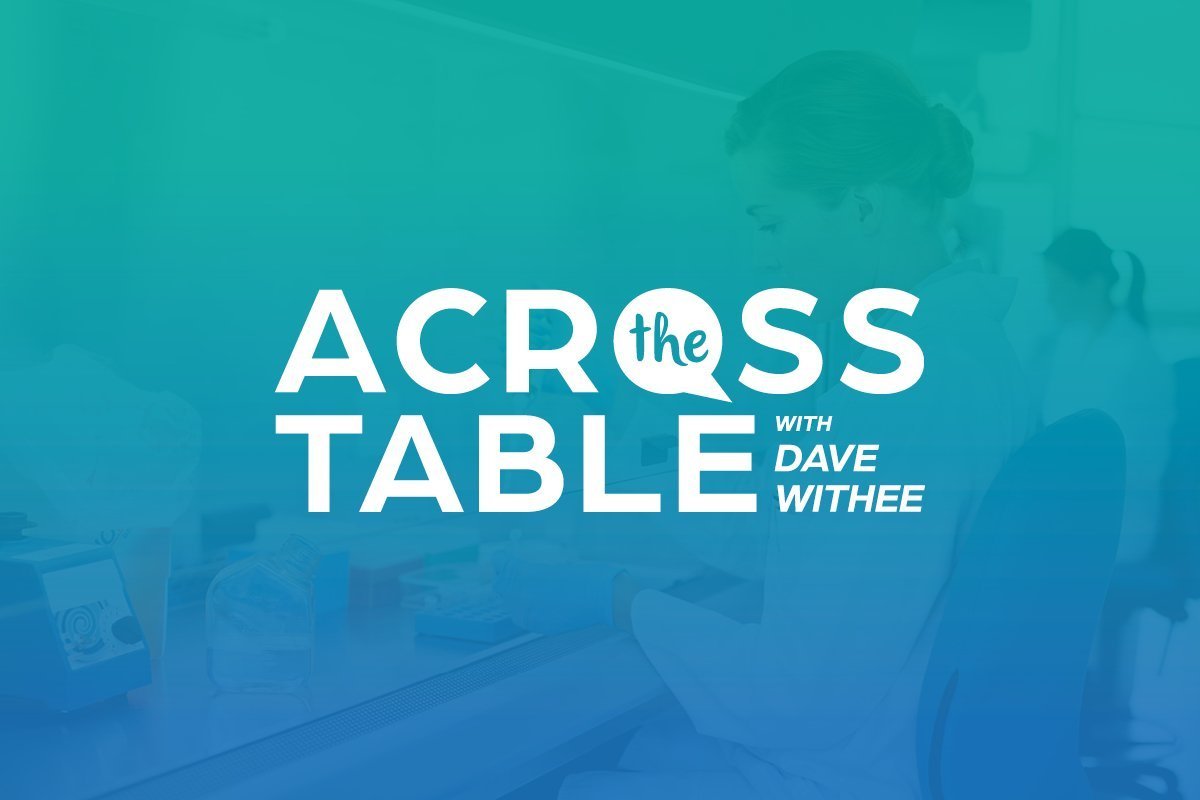[[bpstrwcotob]]

JEDI: An Evolution Shaped by the Stories
As 2025 ends, the JEDI series reflects on its evolution from focusing on design concepts to highlighting the experiences and priorities of lab leaders—in 2026 it will formally stand for Justice, Endurance, Design, and Impact

Design Like a J.E.D.I.: Silent Heroes, Still Waiting: How Mitochondrial DNA Is Giving a Voice to the Missing and Hope to the Families Left Behind
To support the vital work of recovering, identifying, and honoring the remains of missing servicemembers through advanced DNA analysis, forensic laboratories must be purpose-built to enable the precise, contamination-free processing of ancient and mitochondrial DNA—making thoughtful lab design an essential foundation for reuniting families with those lost to war

Design Like a J.E.D.I.: You Belong Here—How Courage, Representation, and Leadership Create Space for Us All
Dr. Shamika Kelley is transforming New Orleans' forensic lab not only through empathetic leadership and wellness-focused culture, but by directly influencing the physical lab space—expanding staff capacity, bringing DNA analysis in-house with advanced equipment, and ensuring the layout supports both operational excellence and human-centered design

The Best—and Worst—of Times
Effective job site meetings—though often disliked—are essential for coordinating complex construction projects, helping all subcontractors anticipate delays, voice concerns, and avoid costly consequences through early, candid communication

Across the Table: You’re WHAT?
Employee turnover is inevitable—often sudden and disruptive—so companies must proactively plan for it by developing succession strategies and fostering supportive work environments to avoid chaos when key staff leave

Across the Table: What If?
Be ready for unforeseen vendor disruptions that can jeopardize laboratory projects, and learn how thorough vetting and contingency planning are essential for staying on schedule

Fume Hood Safety Series: What Causes Fume Hood Fires—and How to Prevent Them
Preventing fume hood fires requires prioritizing containment over velocity, maintaining clean and uncluttered hoods, using explosion-proof equipment, conducting regular performance testing, providing thorough user training, and establishing robust emergency procedures

Design Like a J.E.D.I.: The House That Nancy Built
Nancy Crump Wahl's leadership in forensic science, particularly in the Scottsdale Police Department's Forensic Services Division, reshaped forensic lab practices in Arizona by building systems, fostering a culture of trust, and prioritizing the development of people, all while advancing the integrity and impact of forensic services

Fume Hood Safety Series: Mitigating Risk in Fume Hood Use: Prevention Is a Bargain
Effective fume hood risk mitigation requires prioritizing containment over velocity, implementing proper training, conducting routine dynamic testing, and fostering a safety culture focused on prevention rather than mere compliance

Fume Hood Safety Series: What to Do in Case of a Fume Hood Fire
Proper training, preparation, and prompt action—lowering the sash, activating alarms, evacuating, and reporting—are essential for effectively responding to a fire in a laboratory fume hood and preventing a minor incident from escalating into a disaster
